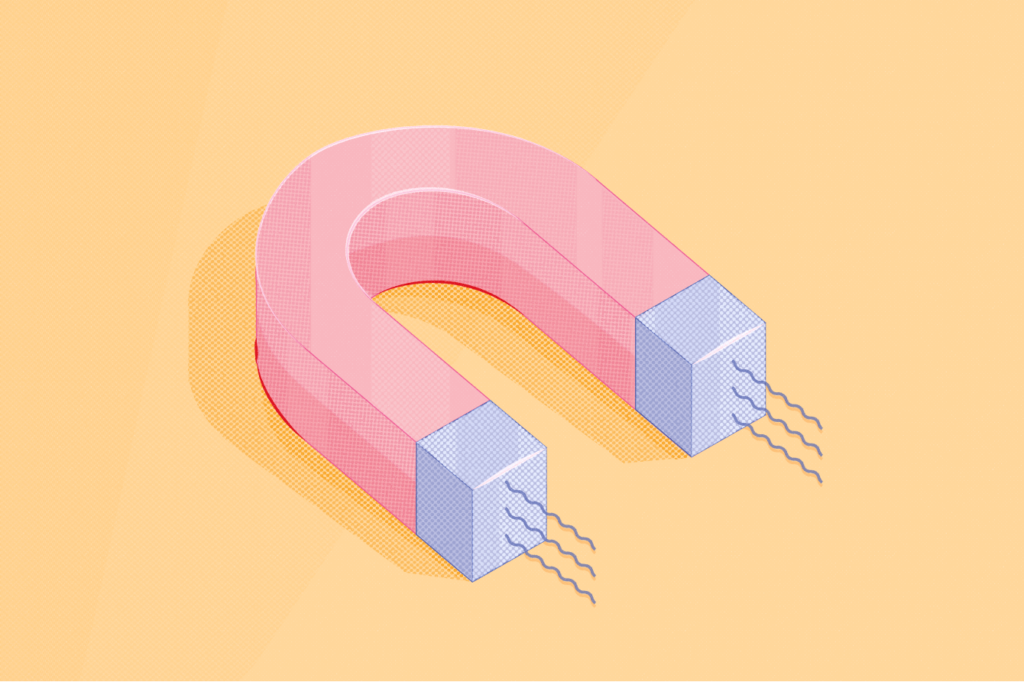Sometimes the relationship just never quite clicks; sometimes things just slowly grind to a halt, and you know you’ve invested too much into trying to make it work. But at some point, we’ve all allowed ourselves to slip into the stream of customers departing from any business, a process known as “customer churn.”
To business owners, losing customers is clearly worth learning more about. Therefore, it’s not surprising that the statistics around retention vs. churn go on for reams, including the following:
- 85 percent of consumers churn because of poor service that could have been prevented. (Kolsky)
- Churn could increase by as much as 15 percent if businesses fail to respond to customers on social media. (Gartner)
- Lowering your customer churn rate by just 5 percent can increase your profitability by 25-95 percent, depending on your industry. (Harvard Business School)
Here are five factors that can result in customer churn for nearly any business.
1. Natural Causes
Sometimes you lose customers due to circumstances beyond their control: death, relocation to an area outside your service area, etc. In other cases, good business practice dictates that you let some customers go due to nonpayment, fraudulent behavior, etc. While this “involuntary churn” is a normal part of doing business, you still need to understand its role in your revenues and whether you’re doing what you can to minimize it.
Most companies, however, are more concerned with “voluntary churn,” where their customers choose to no longer do business with them. So what do the remaining four factors have in common? In the classic “it’s not you, it’s me” relationship style, they all have to do with expectations, time and energy.
2. Customer Dissatisfaction
Whether we’re conscious of it or not, we all have expectations for every interaction we have. If your customers’ expectations for both your product and for their interactions with your company are met, you’ll have satisfied customers and a higher chance of referrals and repeat business. On the other hand according to Kolsky, it’s been reported that only 1 out of 26 unhappy customers complain, and the rest simply churn. As with your satisfied customers, you can learn much from studying the ones you no longer hear from. What does your data say about your customers’ dissatisfaction?
3. Customer Disconnect
Bartenders anecdotally report that walk-ins will sit down and wait to be served if they get a friendly greeting within a minute of entering, whereas those who are not greeted will often leave within a minute or two. In an impersonal, digital age, your customers aren’t much different. Building a mutually beneficial relationship with them, where they are made to feel like their presence adds to the team’s success, can go a long way toward smoothing over those little, inevitable bumps in the road – and the relationship should begin immediately. Does your company really value your customers? What steps do you take to show them?
4. Lessons Learned from Sisyphus
As you might recall from Greek mythology, Sisyphus’s punishment was to roll a huge boulder up a hill, only to watch it roll back down, over and over for eternity. In this time of instant gratification, consumers won’t approach anywhere near that level of effort or frustration before they give up and move on. Furthermore, as digital engagement channels become more common and even preferred to human interaction, they can reach that point before they ever speak to anyone on your team.
You might have noticed that these three factors are directly affected by the quality of your omnichannel approach, the flexibility of your contact center, and the training and quality of your staff. In today’s marketplace, Harvard Business Review has estimated that it costs 7 times more to attract a new customer than to retain a current one, your online customer service channels must provide quick and intuitive service, and your contact center should provide customized, personal interactions that require little perceived effort on the part of the customer.
5. Better, Bigger, Faster, More
Consumers have been conditioned to expect progress in the form of new or ever-expanding products, services, technologies, and more. Your company will experience higher churn rates if your competitors offer something that does a better job of meeting your customers’ perceived needs (whether or not it meets their actual needs). Do your product development and customer service departments exist in their own silos? Today’s most successful companies have opened the lines of communications so that customer data can directly influence development and strategy.
It’s All About You – and Them
When you get down to it, the only reasons for customer churn that matter are the ones that affect your business. We can help reduce customer frustrations with call back software, which has saved customers more than 1 billion (yes, billion) minutes of hold time in the past 20 years, which has directly shown to affect customer satisfaction and reduce churn. To get started reducing hold times for your customers, contact us for a demo.





